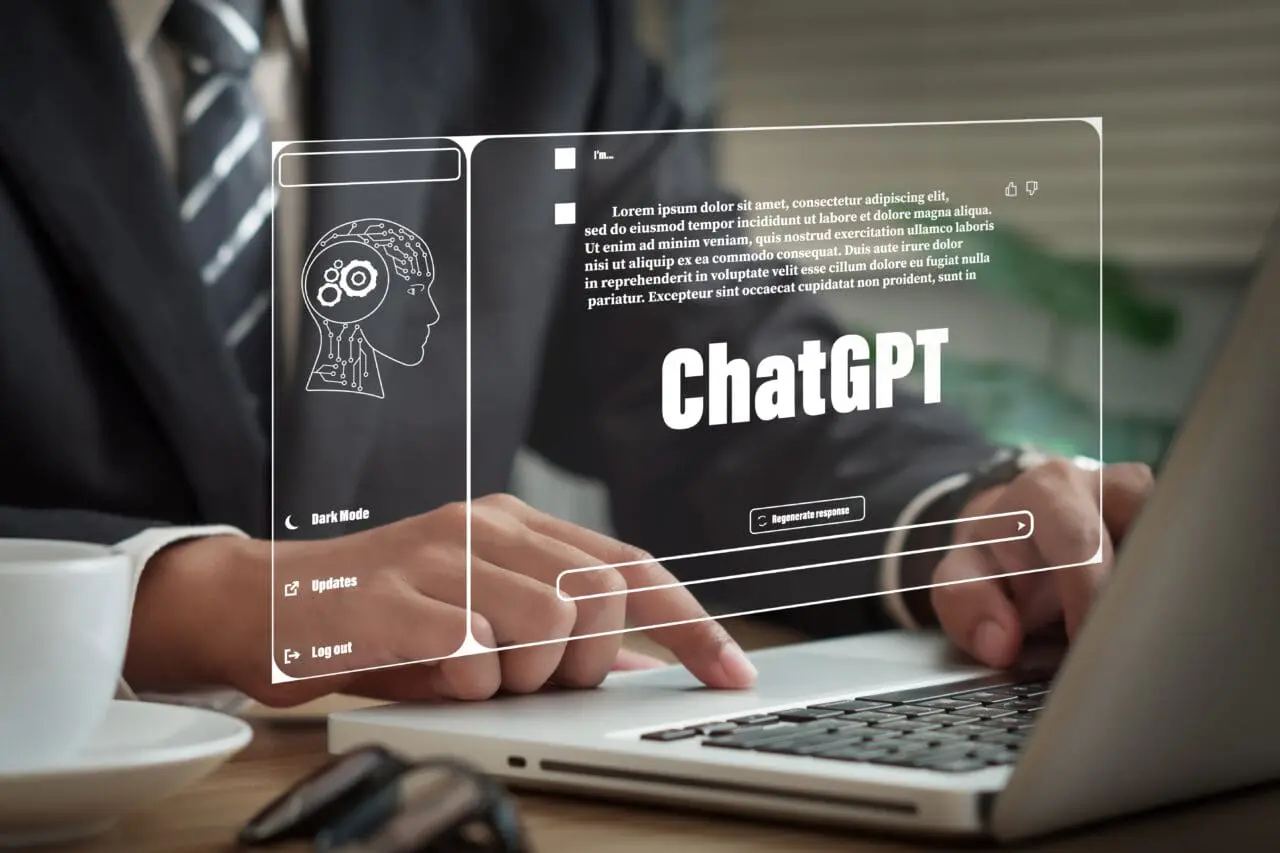

This article looks at ChatGPT, what it can do, and what type of businesses could get the most out of it.
Released by OpenAI in November 2022, ChatGPT is a free, text-based AI Chatbot that can answer questions, write essays on any subject, tell jokes, write literary parodies, answer complex coding questions, and more. Although like other chatbots, it generates text based on written prompts, it appears to be more advanced and creative than previous and some rival chatbots. ChatGPT has been “trained” to generate human-like responses to prompts given to it and can be used to build chatbots that can engage in conversation with users in various contexts. This has led to it becoming a viral sensation online.
Some recent online evangelists for the abilities of ChatGPT include Bindu Reddy, CEO of Abacus.AI, and Tobias Zwingmann, managing partner of RAPYD.AI (a German consulting firm). And Christopher Potts, a professor at Stanford University. Also, many people have been posting screenshots online of some of the fantastic responses and results they’ve got from ChatGPT.
ChatGPT uses a new variant of GPT-3 (Generative Pre-training Transformer 3), the language processing machine learning model developed by OpenAI, which is available as a commercial API for programmers. GPT-3 is a neural network-based model trained on a massive text dataset to learn the patterns and structures of human language. This has enabled it to carry out tasks like translation, summarisation, question answering, text generation, and even fine-tuning specific tasks or datasets to improve its performance.
The difference with GPT-3.5, the new variant at the heart of ChatGPT, is that it includes additional training data and improvements to the model architecture. This means it is better at various language processing tasks, such as taking a naturally phrased question and producing an impressive and natural human-like answer, hence so much positive online interest.
According to OpenAI’s blog, the additional ‘training’ that’s helped to take ChatGPT to the next level has been the OpenAI team feeding human-written answers to GPT-3.5 and using a type of simulated reward and punishment called “reinforcement learning” to make ChatGPT produce better quality answers to example questions.
Some of the things that ChatGPT is particularly good at include the following:
OpenAI says the dialogue format of ChatGPT enables it to “answer follow-up questions, admit its mistakes, challenge incorrect premises, and reject inappropriate requests.”
However, one caveat is that ChatGPT is a machine learning model, and its performance depends on the quality of the data it was trained on and the specific task it is being used for.
The best way to find out what the fuss about ChatGPT is is to try out the beta (free) version. To do so, go to https://chat.openai.com/ and register (name and telephone number for the 2FA code). This results in being directed to ChatGPT, where users can see a list of its main, standout capabilities, e.g. remembering previous conversations. Open AI also list some of its main limitations and examples of the kinds of questions that users may like to try asking it.
There are a variety of businesses that could make use of ChatGPT or similar chatbot technologies. Some examples of industries that might find ChatGPT helpful include:
ChatGPT itself sums up its top 3 advantages over other chatbots:
The coherent human-like responses, continuity and contextual awareness, and the sheer diversity of subjects that ChatGPT can write high-quality information about (and very quickly) are just some of the main reasons why it is being talked about online in such a positive way.
A powerful chatbot like this has multiple value-adding applications for many businesses and could deliver cost and time savings and improve efficiency and customer service. As noted above, ChatGPT can also enable companies to build chatbots, freeing up more of their resources. What’s more, the beta version is currently free. Although this is not the only chatbot available, it is impressive; it could provide advantages and leverage for smaller businesses and is an example of the next phase of chatbots that it’s harder to tell are chatbots. The advice would be to try it and experience it yourself.
This website uses cookies to improve your experience. Choose what you're happy with.
Required for the site to function and can't be switched off.
Help us improve the website. Turn on if you agree.
Used for ads and personalisation. Turn on if you agree.
This website uses cookies to improve your experience. Choose what you're happy with.
Required for the site to function and can't be switched off.
Help us improve the website. Turn on if you agree.
Used for ads and personalisation. Turn on if you agree.